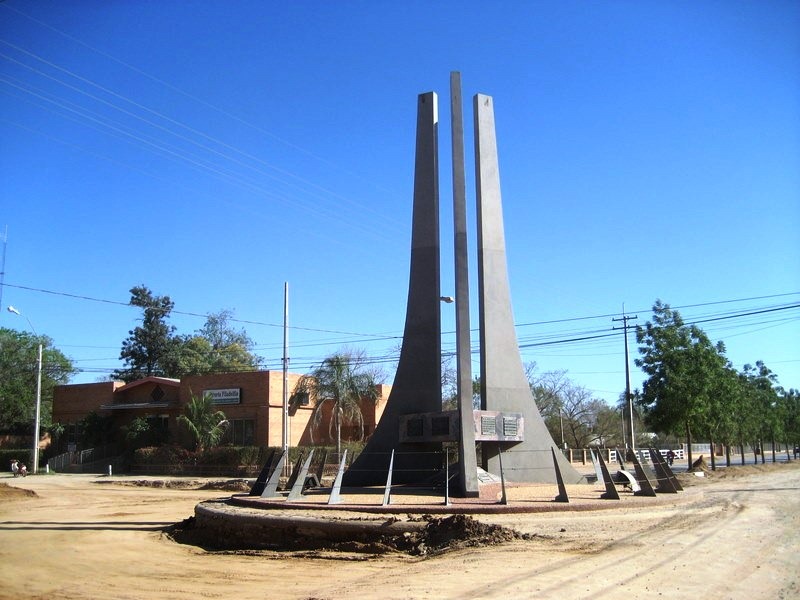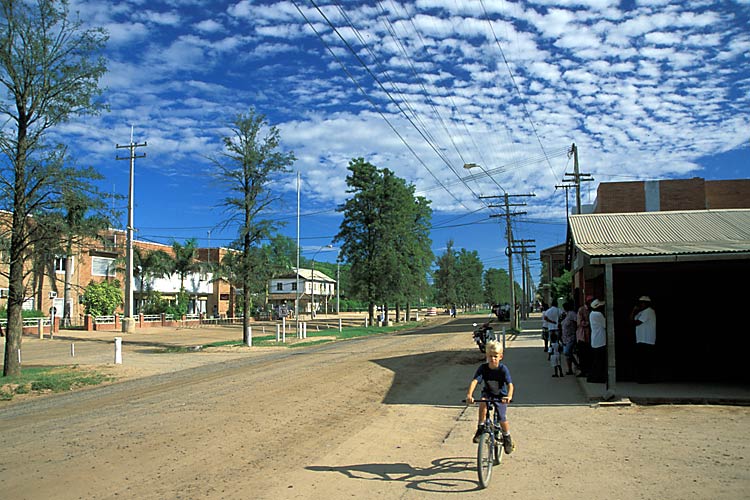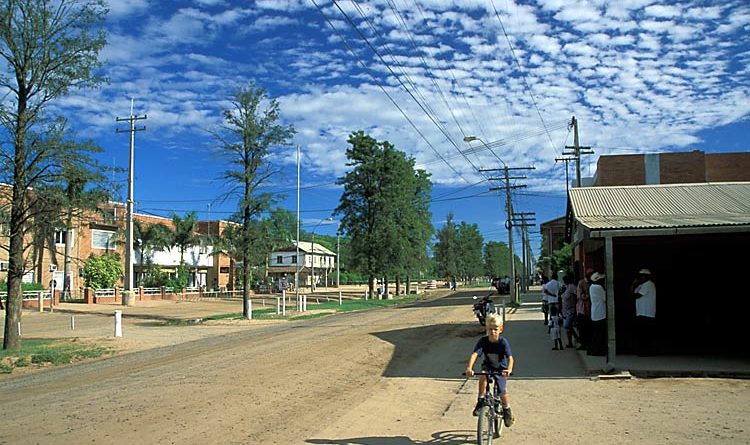Filadelfia Town
Known colloquially as ‘The Capital of the Chaco’, the small town of Filadelfia is perhaps as much like a capital as it is like its super-city namesake in the US. Small town charm and wild remoteness are the two hallmarks of this curious little hub of cosmopolitan influences, and first time visitors can surely be forgiven for forgetting that they are in the very heartlands of Latin America as they wander around this city’s dusty streets and dirt track roads for the first time.
Unlike anywhere else in all of Paraguay, this community-orientated settlement has none of the post-colonial Spanish legacy, or truly authentic South American charm that one would usually associate with the vast Chaco plains east of the Andes. But it does have its own curious character, its own cultural offering of both history and heritage and its own, very unique personal charm.

Much of Filadelfia’s oddity can be traced back to its roots in the first half of the 19th century, and its story is intimately tied to the political power struggles of Europe during the 1930s. The first inhabitants arrived here in the 1920s, when the simultaneous rise of Stalinism and Fascism in Russia and Germany respectively was taking its toll on minority religious communities like the highly pacifist Orthodox Mennonites; a sect which had grown to some considerable numbers in Eastern Europe and Russia. After migrating westwards to Germany, the advent of mass Nazism forced many of the Mennonites away from the continent altogether and they sought out a new land where an ideal of cooperative community and Christian ministry could be realised.
It was this ideological struggle that brought the first German and Russian settlers across the Atlantic to Paraguay, and the city of Filadelfia was founded as a focal point for all followers of this migrating faith. Today the religious nature of the city’s inhabitants endures, and the dominant population here remains Christian Mennonite, most living in the Fernheim Colony establishment which manages many facets of day-to-day life for its members, from local education provision to programs of public healthcare that go much further than even the Paraguayan government.
While the climactic conditions that dominate in this region of the Chaco are by no means favourable for agriculture or settlement, the determined and hardworking nature of the people here has done well to turn Filadelfia into one of the nation’s most prolific producers of dairy products. Although a recent switchover has meant that locals can now tap into the power production of the Itaipu Dam, coal remains the dominant source of electricity here, and deforestation has occurred en masse as a result of high timber demand and the need for more grazing land to prop up local industries.

While the welcoming atmosphere, relaxed charm and curious multicultural mix of this city are by far its biggest pull, there are also a number of typical tourist activities that are great for getting a better idea of local life. One such of these is housed in the historical Casa de la Colonia building, one of the original constructions in Filadelfia (even predating the establishment of the Fernheim Colony) and a testimony to the European-style architecture that landed here intact from across the sea. Inside, a museum dedicated to the life and works of Jakob Unger, one of Filadelfia’s own luminaries and a renowned biologist and collector in his own right, is filled with curious eccentricities and interesting displays of stuffed armadillos and local critters.
For travellers who are after a little more in the way of local Paraguayan history, the Haushaltsmuseum is the perfect option. This museum-come-tourist centre is home to collections relating to Chaco’s regional history, and boasts an extensive array of items and artefacts from the great Chaco War of the 1930s. It’s also possible to organise tours of local factories and dairy farms from the Haushaltsmuseum, and this is usually done on a per request basis.
In the absence of big business and franchised chains, the culinary offering of Filadelfia is endearingly limited. Local cuisine gets a good share of the action, with influences from Germany and the East ever-evident in the offering. Girasol is one of the most popular food halls, and in true Bavarian style guests are treated to an extensive buffet menu that’s sold by weight. For fast food and quick eats, visitors should head to the Calle Hindenburg strip, where a number of burger stalls and bratwurst sellers cook into the evening.
Like every touristic amenity in this rarely-visited town, accommodation is a little sparse too, and most visitors opt for one of the three main hotels in the centre. Generally speaking there’s not much difference between these options, but the Hotel Florida enjoys perhaps the nicest spot in close proximity to the town’s green central square.

